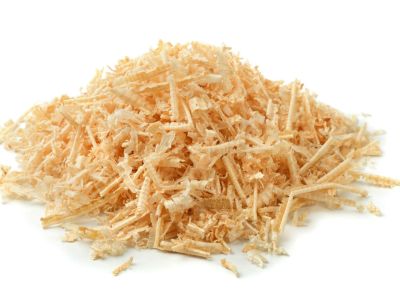How Can You Use Sawdust as Mulch?
Some people who put sawdust down as mulch in their gardens have noticed a decline in their plants’ health, leading them to believe that sawdust is toxic to plants. This is not the case. Sawdust is woody material that needs nitrogen to decompose. This means that as it biodegrades, the process may draw nitrogen out of the soil and away from your plants’ roots, making them weaker. This is much more of a problem if you incorporate the sawdust directly into the soil than if you use it as a mulch, but even with mulch, it’s still worthwhile to take precautions.
Precautions When Using Sawdust for Garden Use
The best way to prevent nitrogen loss when you use sawdust as a garden mulch is simply to add extra nitrogen with its application. Before laying the sawdust down, mix 1 pound (453.5 gr.) of actual nitrogen with every 50 pounds (22.5 kg) of dry sawdust. (This amount should cover a 10 x 10 foot (3×3 m.) area in your garden.) One pound (453.5 gr.) of actual nitrogen is the same thing as 3 pounds (1+kg) of ammonium nitrate or 5 pounds of ammonium sulfate (2+ kg.). Lay the sawdust out to a depth of 1 to 1 ½ inches (1.5-3.5 cm.), taking care not to pile it up around the trunks of trees and shrubs, as this can encourage rot. Sawdust can decompose at a fast rate and compact upon itself, so if you use sawdust as a garden mulch, you will probably have to replenish it and refluff it every year.
